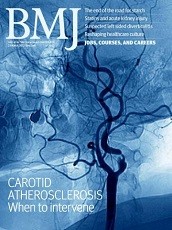CMAJ

Extract
Canadians, including those within the medical profession, range from a truly “liberal” pole, which views abortion within the first 12 weeks of gestation as simply a means of secondary birth control, to a truly “conservative” pole, which views interruption of pregnancy in any circumstances as murder. . . In a just Canadian society in the year 1970 it would seem appropriate that occupants of neither polar position should be allowed to impose their moral attitudes on the rest of the country. . .
Parenthetically one must question why any group requires the assistance of state law to ensure that its members adhere to its ethical, moral or religious code. Certainly proponents of the truly “liberal” position have no intention of trying to force any woman to have an abortion against her will. . .
. . . Doctors should not be obliged to assume the function of gatekeepers to decide which unwanted children should be allowed into this overpopulated world and which ones should not. The moral aspect of this question should reside solely with the patient and not with the physician. His role should be to ensure that the patient really does want the pregnancy terminated and to make sure that the procedure is carried out early and safely. If the doctor’s moral position on this question precludes his providing her with the care required, he is now ethically bound by The Canadian Medical Association’s code of ethics to inform her that this is so, while making it clear that this is his own personal attitude. . .
CMAJ. (Editorial) Abortion in Canada. Can Med Assoc J. 1970 Aug 01;103(3):298-299.
